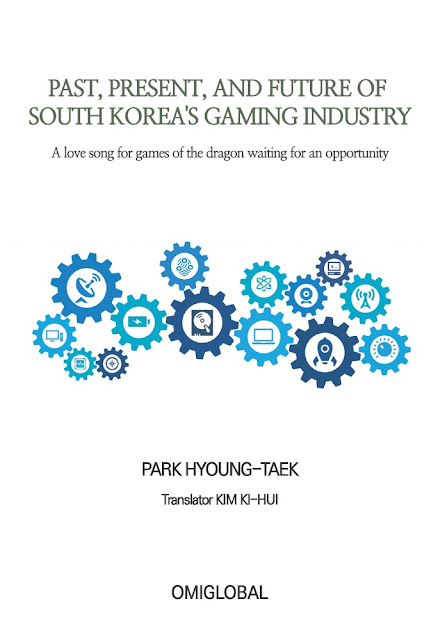泥中蟠龍's Game愛歌 _ Conflict in a video game
泥中蟠龍's Game愛歌
[A love song for games of the dragon waiting for an opportunity]
Conflict in a video game
I have talked about what I think about the video games industry through my columns. Although I mentioned a game itself a couple of times, there was always the games market at the heart of it. But I want to talk about another topic today.
When it comes to content, there should be a message which connects between a creator and a consumer. It is usually called a narrative or subject. If that is the case, how can the creator deliver the message to the user? When the creator frames a story, he/she generally uses the conflict. Today I'd like to deal with the conflict in a video game.
The conflict can be divided up with many different types of categories. I especially sort it as following: a conflict between +(plus) and +(plus), a conflict between +(plus) and –(minus), and conflict between –(minus) and –(minus).
Firstly, (+)(+) conflict is based on opportunity cost. For example, you choose either the mountain or the sea where you go on holiday. This is the matter that you should pick one out of the two options. In the game, a user makes a decision to choose to level up or collect an item when he/she cannot perform the two mission at the same time. This is the most accessible type of conflict in the game and a game designer makes good use of it to provide strategic fun for players. User's autonomous decision-making skills greatly influence the outcome of the gameplay.
Secondly, (+)(–) conflict is about causation. For instance, you don't want to get fat although you crave something delicious. This type of conflict is progressed by putting at a disadvantage. In the game, a player needs 'heart' to play the game and the number of hearts will be decreased on each round of the game. The gamer having fun thinks about the way to overcome the handicap. At first, the in-app purchase was the standard for a user to be getting out of difficulty. Recently, however, to prevent players from being tired or bored before having fun, game designers use other ways to make consumers return to the game to stop them from migrating to other games.
Lastly, there is (–)(–) conflict, which is about a choice between two obligations. You would neither like to clean a room nor stay in the filthy space. In the game, for example, a user doesn't want to lose the game and to take the same action multiple times on each stage, either. If this happens, a game designer needs to suggest how players get obstacles out of the way, which is the latest type of in-app purchase.
Conflict, the greatly important element in the game, is used for gameplay as well as the storyline. This column shows only a superficial understanding of the conflict in the game, however, I wish it beginning of active and vibrant research on various elements of the game.
※ This is from Kyunghyang Games column by 泥中蟠龍 since September 2013.
(http://www.khgames.co.kr)
Translation by Kim Ki-hui


Comments
Post a Comment